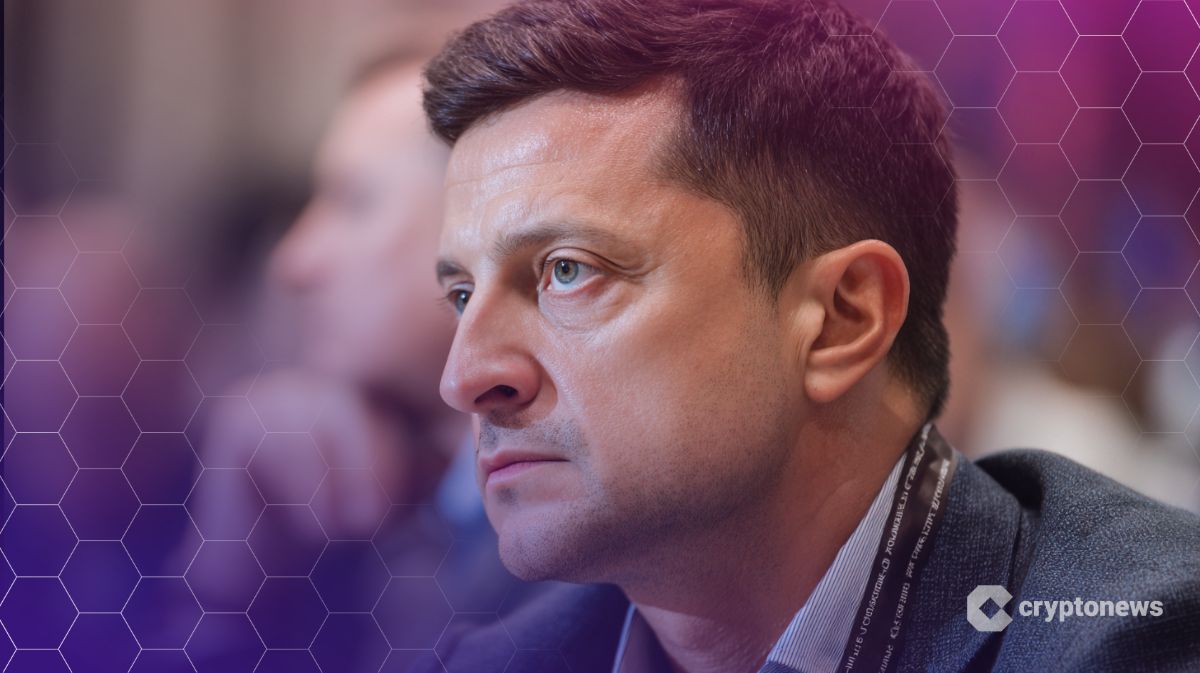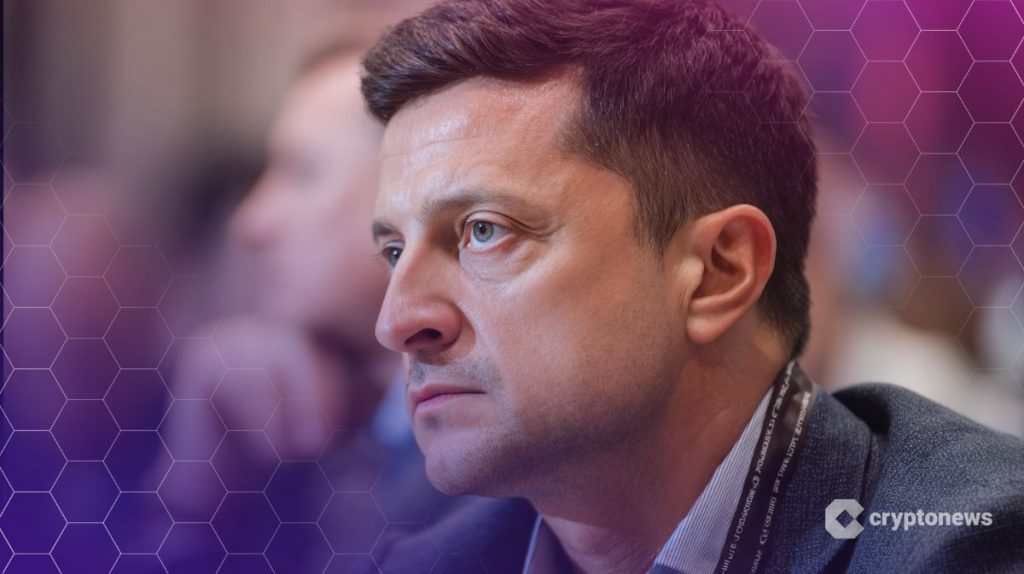
Ukrainian President Volodymyr Zelenskyy’s attire at the June 24 NATO meeting in the Netherlands has ignited a battle among bettors on crypto prediction platform Polymarket.
Key Takeaways:
- Zelenskyy’s NATO outfit sparked a $79 million betting dispute on Polymarket over whether it counted as a suit.
- Opinions are split, with some saying his jacket and pants look formal.
- However, others argue that casual elements disqualify it.
The market, which has attracted nearly $79 million in bets, wagered on whether he would don a suit before July.
The market’s outcome initially settled on “yes,” but has since faced two disputes and is awaiting a final verdict.
Debate Over Whether Zelenskyy’s NATO Outfit Qualifies as a Suit
At the heart of the debate is whether Zelenskyy’s outfit, a dark jacket, collared shirt, and long pants, constitutes a formal suit.
Supporters argue that the garments match in color and fabric, presenting a cohesive, suit-like appearance.
Critics counter that the casual cut, military-style elements, and mismatched trainers disqualify it as a traditional suit.
Polymarket Intel, a community-run account on X, classified Zelenskyy’s outfit as a suit, but other voices disagreed.
When asked, ChatGPT labeled the ensemble a military-style field jacket rather than a suit.
Prominent menswear commentator Derek Guy added fuel to the fire, quipping on June 26 that the outfit was “both a suit and not a suit.”
This is not the first time Zelenskyy’s wardrobe has triggered a betting uproar on Polymarket.
A similar dispute erupted in May over whether his outfit during a German meeting counted as a suit.
That market ultimately ruled “no,” despite Derek Guy asserting the matching cloth made it technically a suit.
The controversy highlights the subjective nature of Polymarket’s prediction markets, which rely on UMA Protocol’s blockchain-based oracles to verify outcomes.
Critics say the system can be prone to manipulation or ambiguity.
In March, a $7 million bet over a Ukraine mineral deal also sparked allegations of oracle issues, while a recent Truf.Network report warned the entire market risks collapse when data is unverifiable or manipulated.
Adding context, Zelenskyy has previously said he will only wear a suit again when Ukraine’s war with Russia ends.
Ukrainian outlet The Kyiv Independent reported his preference for military-style clothing as a symbol of ongoing resistance.
Polymarket Nears Unicorn Status With $200M Raise
As reported, Polymarket is close to securing a $200 million funding round led by Peter Thiel’s Founders Fund, valuing the crypto-based prediction platform at $1 billion.
Despite being banned in the U.S. and raided by the FBI last year, Polymarket’s user base and market activity have surged, with over 21,000 open markets and $700 million in active trading volume.
The platform recently partnered with Elon Musk’s X to integrate prediction markets with Grok, X’s AI chatbot, boosting its visibility amid ongoing regulatory hurdles.
Polymarket has seen explosive growth since the 2024 U.S. election, hitting a $2.5 billion trading peak in November, but it remains restricted in several countries and faces criticism over potential market manipulation.




